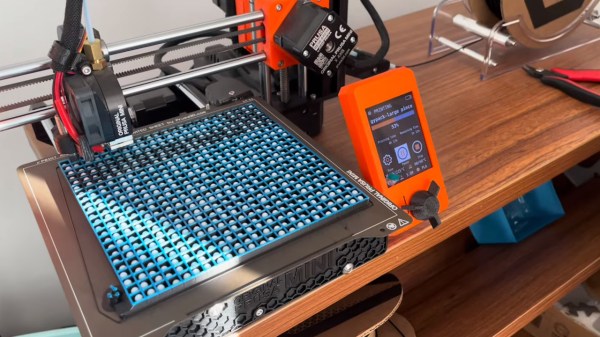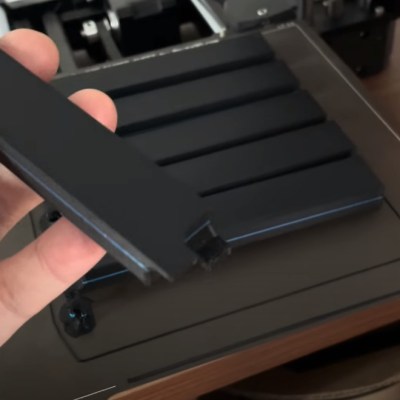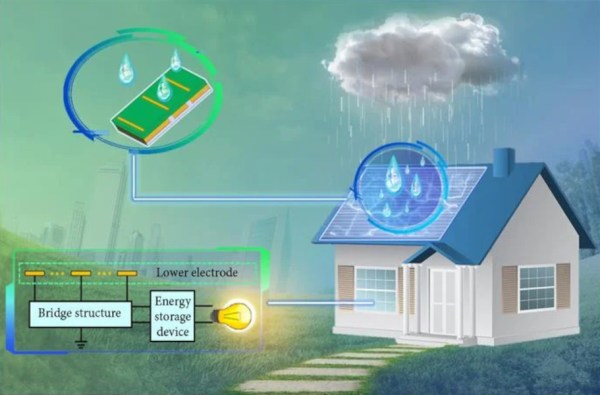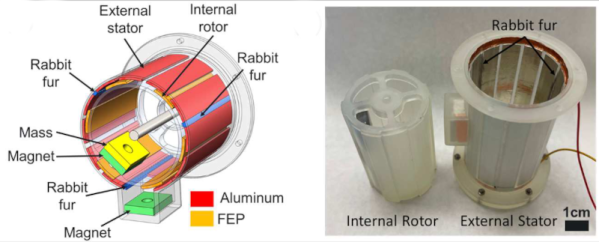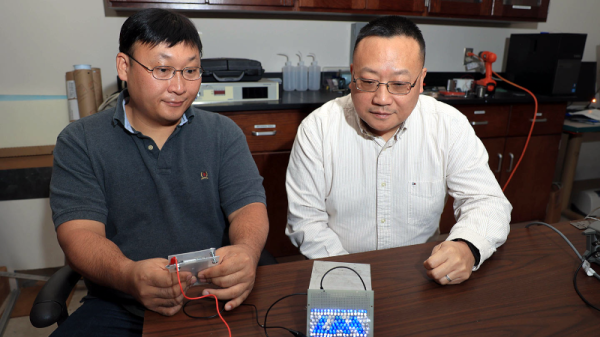As humans we often think we have a pretty good handle on the basics of the way the world works, from an intuition about gravity good enough to let us walk around, play baseball, and land spacecraft on the moon, or an understanding of electricity good enough to build everything from indoor lighting to supercomputers. But zeroing in on any one phenomenon often shows a world full of mystery and surprise in an area we might think we would have fully understood by now. One such area is static electricity, and the way that it forms within certain materials shows that it can impart a kind of memory to them.
The video demonstrates a number of common ways of generating static electricity that most of us have experimented with in the past, whether on purpose or accidentally, from rubbing a balloon on one’s head and sticking it to the wall or accidentally shocking ourselves on a polyester blanket. It turns out that certain materials like these tend to charge themselves positively or negatively depending on what material they were rubbed against, but some researchers wondered what would happen if an object were rubbed against itself. It turns out that in this situation, small imperfections in the materials cause them to eventually self-order into a kind of hierarchy, and repeated charging of these otherwise identical objects only deepen this hierarchy over time essentially imparting a static electricity memory to them.
The effect of materials to gain or lose electrons in this way is known as the triboelectric effect, and there is an ordering of materials known as the triboelectric series that describes which materials are more likely to gain or lose electrons when brought into contact with other materials. The ability of some materials, like quartz in this experiment, to develop this memory is certainly an interesting consequence of an otherwise well-understood phenomenon, much like generating power for free from static electricity that’s always present within the atmosphere might surprise some as well.




